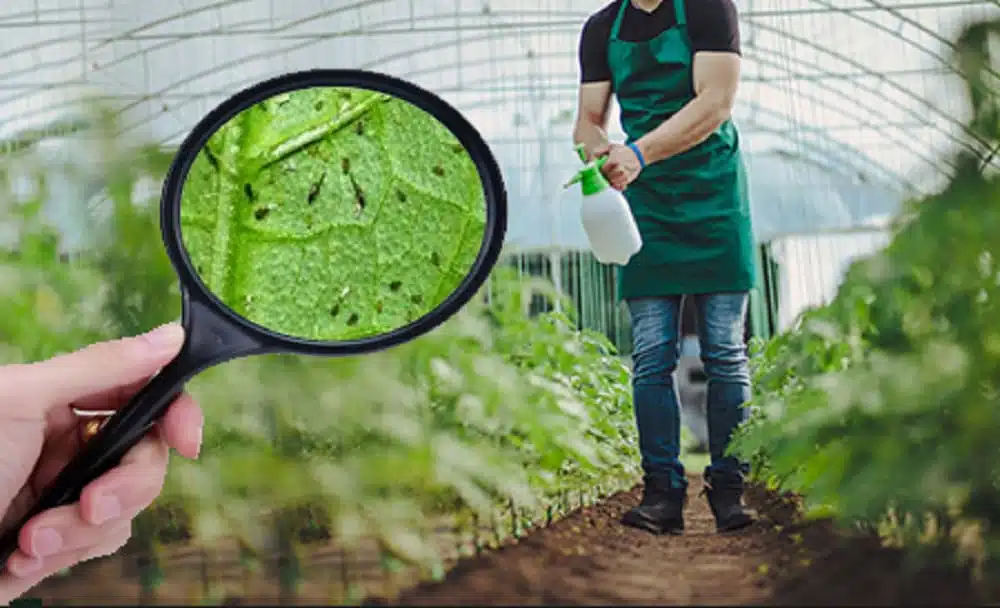In today's article, we'll discuss the types of soil insects in agriculture. Soil insects are a key component of the agricultural process. People have known about soil insects since humans first understood agriculture, and they are the key components of the agricultural process we mentioned. In fact, when we talk about soil insects, we don't mean to classify them as beneficial or harmful to the environment.
Both types exist, which is why we need so-called pesticides, whose primary and sole purpose is to destroy agricultural insects and remove insects from the soil.
Types of soil insects
It is a group of insects that infect plant plants, especially seedlings, seedlings, seeds, or seed masses growing on greenhouse soil, and which infect the lower part of the plant in the soil or directly above the soil.
Multiple insect families in plant families: These insect families are numerous, and clearly, plant families vary, including crops in agricultural lands, which vary in type and size. One such species is the cotton leafhopper. This bug attacks a variety of plant crops and has numerous negative effects on agricultural soils and root-rich plants. These larvae produce multiple seedlings on vegetable crops and feed on them.
Host-restricted insects:
These insects infest plants from below, such as the red bollworm and the thorny bollworm. There are several families in this group, called the hollyhock family, such as the corn borer, the large cane borer, the small cane borer, and other agricultural pests. Depending on their growth pattern, they can move from one family to another, from one plant to another. They are used in large farms on arable land, depending on weather conditions.
Insects that benefit the soil
There are three main types of soil insects, the first of which are agricultural soil insects, which benefit the soil and increase its fertility and productivity. Plants are in a dormant state, or at least lacking in productivity. Below, we discuss the most important soil-beneficial insects.
Ladybug, a type of soil insect
Of course, when it comes to agricultural soil insects, ladybugs must be mentioned, as they are considered among the most important insects found in agricultural soil in general. Instead, agricultural activity in the past was largely determined by their presence—that is, in terms of importance and status. Ladybugs were treated as pesticides in the past.
Flower bugs, predators of harmful insects
It doesn't matter what prevents damage, that's exactly what flower bugs do. This reddish-brown insect has the ability to eliminate other insects that can shake plants and cause serious damage.
The hornet fly, the wasp's companion
There's another beneficial soil insect called the hornet fly. This insect is brown and closely resembles a wasp, which is why some call it a wasp. Whatever the name, this hornet greatly assists farmers and does their job perfectly.
Insects that harm the soil
Compared to the soil insects that improve the quality of agriculture and the entire process, we found that some insects are not good for plants, but rather cause harm and damage to them, so we decided to eliminate them. Farmers always try to get rid of them by various means. These insects are aphids, which we call plant lice.
Aphids are a type of soil insect.
Despite their small size, which makes them similar to ants, they pose a significant threat to the environment and agricultural operations, making them one of the most dangerous animals. They cause significant damage, potentially destroying entire plants. The most important fact we know about these insects is identifying the specific plants they target and how to get rid of them.
Related topics
